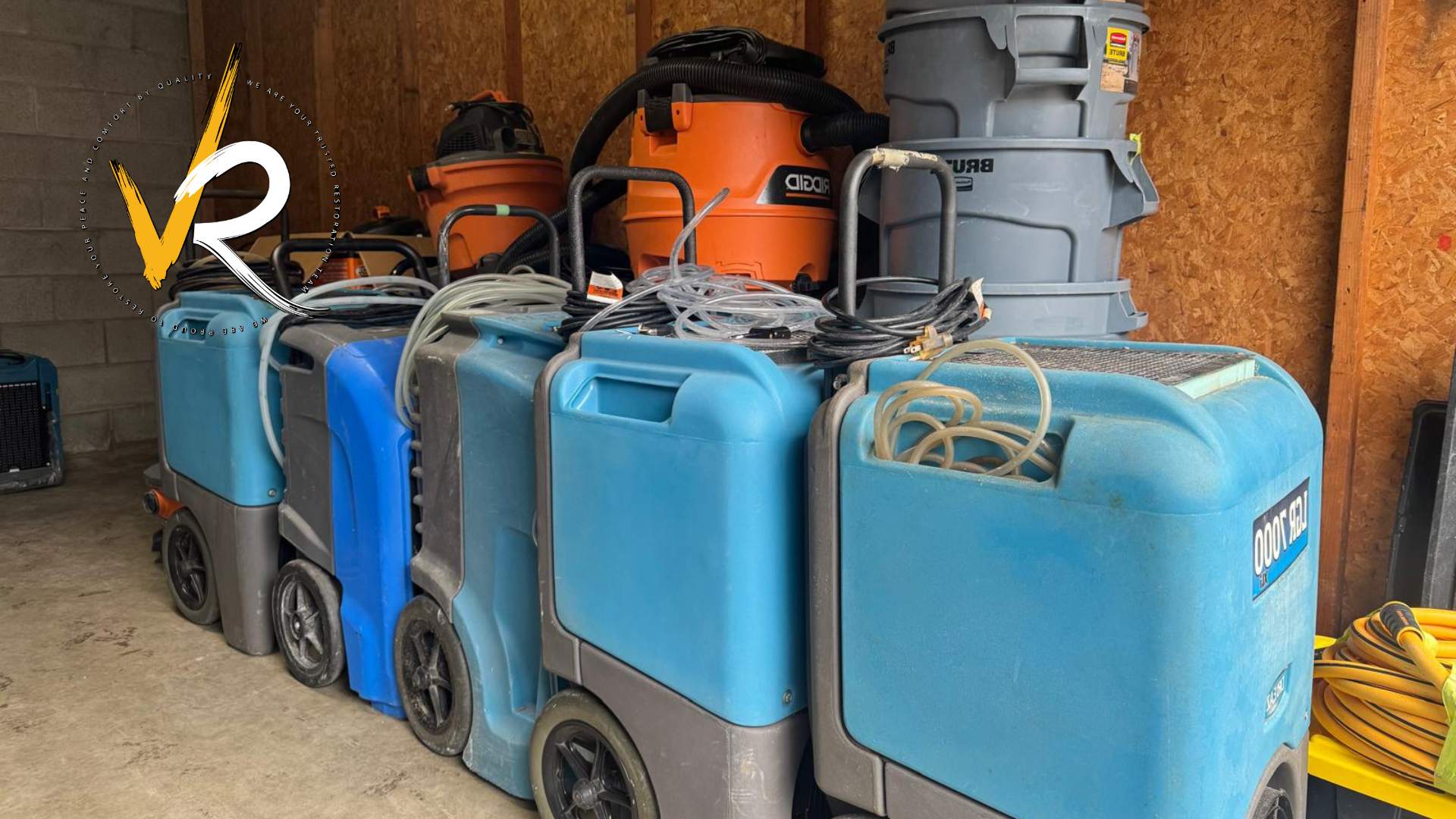Quick answer: Start with safety, stop the water, document everything, protect your belongings, extract standing water, and begin controlled drying as soon as possible. Avoid sewage and electrical hazards. If you want free guidance for your situation, call +1 604-800-3900. We serve Vancouver, West Vancouver, and North Vancouver.
Need help right now 📞 Call Now: +1 604-800-3900
Free phone advice and claim ready estimates
The 10 immediate steps
- Protect people first. Stay clear of outlets and appliances in water. If safe to do so, turn off power to the affected area. Do not enter deep water.
- Stop the source. Close the main water valve for burst pipes. During rain, divert downspouts away from the house. If sewage is present, leave the area and arrange professional cleanup.
- Document the loss. Take wide and close photos and short videos of each room and the exterior entry point. Keep all receipts for supplies and emergency services.
- Protect valuables and contents. Move items to a dry room. Lift furniture on blocks. Place foil or plastic under legs to prevent stains. Separate wet papers and textiles to air dry.
- Remove standing water. Use a wet dry vacuum or a utility pump. Push water to a floor drain if it is clean and working. Never use a household vacuum on water.
- Pull up wet soft finishes. Lift carpet edges to check the pad. Remove soaked pad since it holds moisture. Take out wet area rugs and cardboard boxes that can collapse and grow mold.
- Vent cavities that got wet. Remove baseboards. Make small inspection cuts in drywall near the floor where walls were wet so air can reach inside. This helps prevent hidden mold.
- Start controlled drying. Set dehumidifiers and fans. Keep windows and doors closed to control indoor humidity. Aim for indoor relative humidity near or below fifty percent.
- Clean and sanitize hard surfaces. After visible soil is removed, clean and disinfect floors and walls that came in contact with flood water. Repeat after drying if needed.
- Plan repairs and claim steps. Schedule a professional assessment for moisture mapping and a room by room estimate. Open a claim with your insurer if the loss may be covered.
What not to do
- Do not use electrical devices while standing in water.
- Do not delay drying for more than a day. Mold can begin within one to two days.
- Do not paint or seal wet materials. Verify dry goals first.
- Do not keep soaked carpet pad or swollen laminate. These trap moisture.
- Do not ventilate with cold wet outdoor air during a storm. Controlled indoor drying works better.
What you can save versus replace
| Material | Often saved | Usually replaced | Notes |
|---|---|---|---|
| Concrete slab and walls | Yes with proper drying | Rare | Watch for efflorescence and seal after dry |
| Solid wood | Sometimes | If severe warping | May need sanding or refinishing |
| Laminate flooring | Seldom | Often | Swells and peels quickly |
| Carpet | Sometimes with clean water | Often the pad only | Contaminated water requires disposal |
| Drywall at the base | If lightly damp | If saturated | Flood cuts allow faster drying |
| Insulation | Rare | Often | Holds moisture and slows drying |
Typical timeline
- Day 0 to 1: extraction, protection of contents, first cleaning, equipment setup.
- Day 1 to 4: structural drying with daily checks and selective demolition if needed.
- Day 4 to 7: final drying and cleanliness verification.
- Day 7 and beyond: repairs and rebuild, time depends on scope and materials.
Insurance checklist in BC
- Open a claim early and get a claim number.
- Share photos, a simple timeline, and emergency invoices.
- Ask about coverage for overland water, sewer backup, and your deductible.
- Confirm Additional Living Expenses for hotel or rental if areas are unusable.
- Request a claim ready estimate and moisture logs from your contractor.
Want help with the claim and a clear estimate Call +1 604-800-3900 for free advice.
Prevention for next time
- Clean gutters and downspouts and extend discharge away from the foundation.
- Test sump pumps before the rainy season and add a battery backup.
- Install window well covers and keep well drains clear.
- Improve grading so soil slopes away from the house.
- Seal small cracks in foundation walls and floors early.
- Place leak detectors near water heaters and floor drains.
FAQs
How fast should I start drying
Start immediately after extraction. Quick action reduces damage and the chance of mold.
Should I open windows during a storm
No. Keep windows closed. Use dehumidifiers and fans for controlled indoor drying.
Is bleach enough to solve the problem
Bleach can lighten stains but it does not dry materials or remove growth inside porous areas. Focus on removal and full drying.
When should I call a professional
Call when there is sewage, when multiple rooms are wet, or when you cannot reach dry goals within a couple of days.
Can I stay in the home during drying
Often yes if work areas are contained and there is no contamination. Equipment is loud and adds heat so plan for comfort.
Get fast help today
VR Plus Restoration provides emergency extraction, moisture mapping, controlled drying, cleaning, and full repairs for flooded basements across Vancouver, West Vancouver, and North Vancouver. We also help with claim documents and adjuster coordination.
Talk to a technician now 📞 Call Now: +1 604-800-3900
Free advice and estimates, available every day
Explore our core services: Water Damage Restoration and Mold Remediation

Leave a Reply